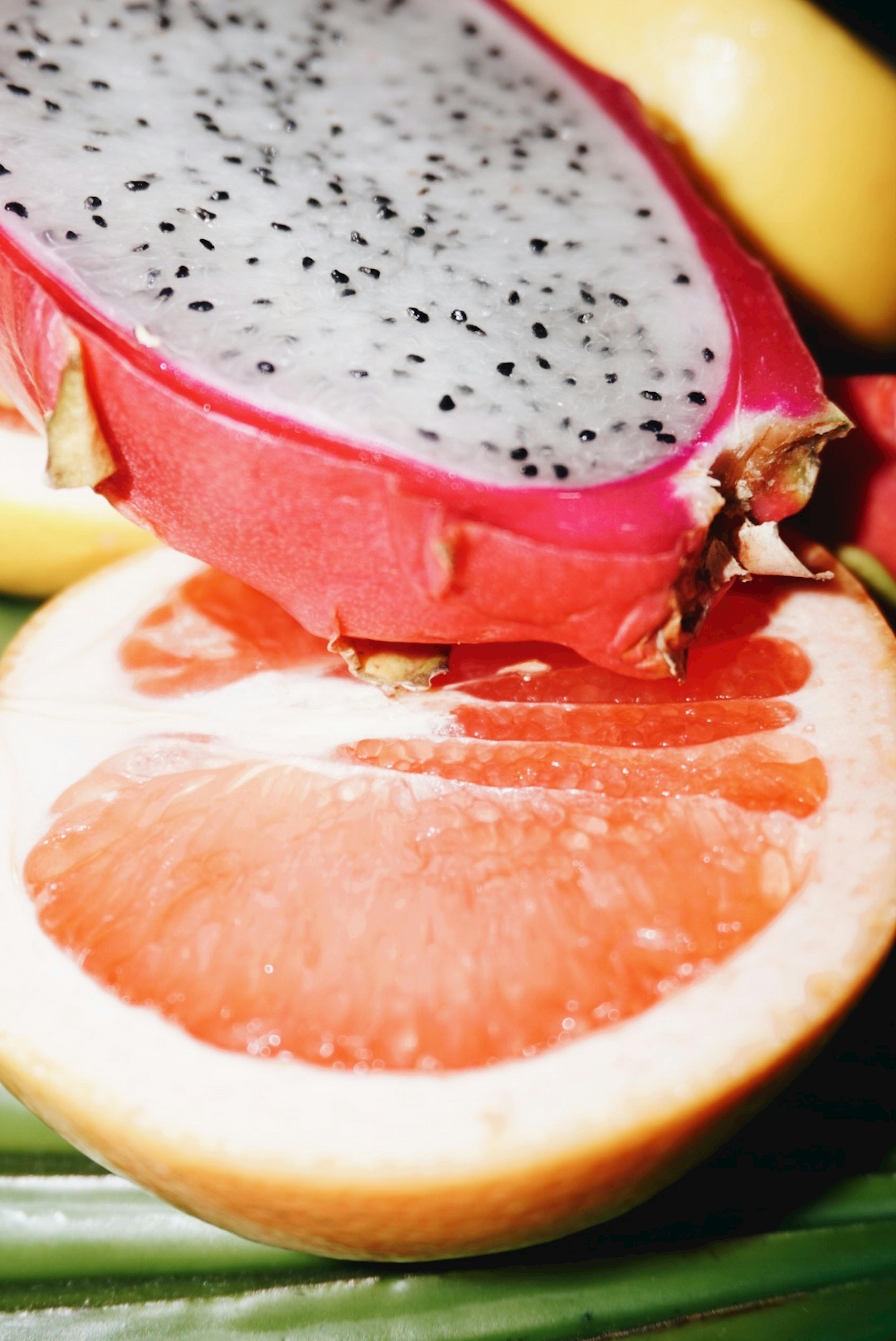
Essential Guide to How Long to Steep Green Tea for Better Flavor in 2025
Green tea, celebrated for its numerous health benefits and delightful flavors, has become a staple in many households. However, achieving the perfect cup requires a nuanced understanding of the steeping process. The key lies in knowing how long to steep green tea. The steeping time and temperature can significantly impact the flavor profile, health benefits, and overall quality of your green tea. This essential guide will explore various aspects of steeping green tea, including optimal steeping times, effective brewing methods, and common pitfalls to avoid. By the end, you'll be equipped with the knowledge to brew green tea effectively and enjoy its lush flavors.
Join us as we delve into the art of green tea steeping, where we'll guide you through best practices and tips for a better brewing experience. Prepare to unlock the full potential of your tea leaves!
Understanding Green Tea Steeping Fundamentals
Building on the significance of steeping, it's essential to comprehend the basics of green tea steeping. The steeping process involves immersing tea leaves in hot water, a practice that opens the door to a world of flavors and health benefits. It also plays a crucial role in determining the extraction of antioxidants and other beneficial compounds from the leaves.
Definitions and Terms
Steeping is the process of infusing tea leaves in water, allowing flavors, aromas, and health-promoting compounds to be extracted. Key terms related to steeping include steeping time, which refers to the duration tea leaves are submerged in water, and steeping temperature, which is crucial for releasing the correct flavor profiles from green tea. A thorough understanding of these terms will help you tailor your steeping experience.
Optimal Green Tea Steeping Time
The optimal steeping time for green tea varies depending on the type of tea and the desired flavor intensity. Generally, softer green teas like Sencha may require a shorter steeping time of 1-2 minutes, while more robust varieties like Gyokuro may be best at around 2-3 minutes. Experimenting with steeping durations will allow you to personalize your green tea experience, fostering a deeper appreciation for its complexities.
Recommended Temperature Settings
The ideal temperature for steeping green tea typically ranges between 160°F to 180°F (70°C to 80°C). Maintaining the correct water temperature is essential, as overheating can lead to a bitter taste. Understanding water's mineral composition and quality can enhance the overall flavor, making your tea experience all the more enjoyable.
Preparing for the Perfect Cup of Green Tea
With an understanding of the fundamentals established, the next step is to focus on preparation techniques that will enhance your brewing experience. This section will discuss various methods and tips for preparing exceptional green tea at home.
Choosing Quality Green Tea
Starting with quality ingredients is vital when brewing green tea. Loose leaf tea often provides a more potent flavor compared to tea bags, which may contain lower quality tea leaves. Look for reputable sources that sell fresh green tea, as freshness contributes directly to the flavor and health benefits.
Utilizing the Right Brewing Equipment
Investing in the appropriate tea brewing equipment can significantly improve your green tea experience. Consider using a traditional teapot or a tea infuser specifically designed for green tea, as they allow the leaves ample space to expand and release their flavors. The efficiency in tea brewing also depends on ensuring that your equipment is clean and suitable for the type of tea you are using.
Infusing Green Tea for Maximum Flavor
Understanding the importance of steep intervals is essential for maximizing flavor extraction. Steeping green tea for too long can lead to bitterness, while an insufficient time may prevent the rich flavors from unfolding. As a general guideline, start with shorter steeping intervals and increase gradually until you achieve your preferred flavor profile. This practice not only enhances taste but also allows you to grasp the nuances in tea flavors.
Common Mistakes in Green Tea Steeping
Even experienced enthusiasts can fall victim to common mistakes when brewing green tea. Awareness of these pitfalls can lead to better results and a more enjoyable tea experience.
Oversteeping Green Tea
One of the most frequent mistakes is oversteeping green tea. This occurs when the leaves are left in hot water for too long, leading to a bitter and astringent taste. To avoid this, monitor your steeping time closely, following recommended times based on the type of green tea.
Incorrect Water Temperature
Using boiling water to steep green tea can destroy the delicate flavors and lead to undesirable bitterness. Always ensure that the water is at the recommended temperature before steeping. If you accidentally use boiling water, let it cool for a minute or two before pouring it over the tea leaves.
Ignoring Tea Leaf Quality
Using old or low-quality tea leaves may diminish the flavor and health benefits of your green tea. Prioritizing fresh, high-quality tea leaves will greatly enhance your overall experience and yield much better results.
Mastering the Art of Green Tea Steeping
Having addressed common mistakes, it's time to master the art of steeping green tea. This section will explore advanced techniques and some unique methods for personalizing your steeping time even further.
Adapting Steeping Techniques
Depending on your preferences and the specific type of green tea you're using, adapting your steeping techniques can be an effective way to enhance flavor. Explore methods such as cold brewing or multi-steeping, where leaves are steeped multiple times for different flavors. Each steep can reveal unique characteristics, giving you a deeper appreciation for your tea.
Tweaking Your Steeping Time
Don't hesitate to experiment with steeping durations. Use a notebook to track how different steeping times impact taste, and make adjustments based on your preferences. This level of personalization signifies a commitment to enhancing your green tea experience.
Flavor Pairing with Green Tea
Understanding how to pair flavors effectively can further amplify your green tea experience. Consider complementary foods that highlight the tea's unique flavors, such as light seafood dishes, fresh vegetables, or citrus fruits. This practice will enhance your palate, encouraging a greater appreciation for the nuances found in each cup.
Benefits of Perfectly Steeped Green Tea
When brewed correctly, green tea offers numerous health benefits. The ideal steeping process maximizes these benefits, enhancing both flavor and nutritional content.
Antioxidant Properties
Green tea’s antioxidants, particularly catechins, are most potent in properly steeped brews. By following the recommended steeping time and temperature, you optimize the extraction of these beneficial compounds, aiding in health improvements.
Enhancing Hydration and Wellness
When consumed regularly, green tea provides hydration alongside wellness benefits. Mastering the steeping process allows for a consistently enjoyable cup that motivates regular consumption, promoting hydration and overall health.
Encouraging Tea Culture Awareness
Learning the nuances of steeping green tea deepens an individual's connection to tea culture. Engaging with traditional steeping methods fosters a respectful appreciation of this ancient practice and its historical significance across various cultures.
Q&A Section: Common Questions About Green Tea Steeping
1. What is the best temperature to steep green tea?
The best steeping temperature for green tea ranges between 160°F to 180°F (70°C to 80°C). This range optimizes flavor and health benefits.
2. How do I avoid bitter green tea?
To avoid bitterness, monitor your steeping time closely. Most green teas require 1-3 minutes of steeping, depending on the type. Always steep at the correct temperature for best results.
3. Can I re-steep green tea leaves?
Yes! Many green teas can be re-steeped multiple times. Each infusion will produce different flavor profiles, allowing you to experience a richer range of tastes.
4. What are the health benefits of green tea?
Green tea is rich in antioxidants, which may help improve heart health, enhance metabolism, and provide effective hydration. Proper steeping maximizes these benefits.
5. How can I personalize my green tea steeping time?
To personalize your steeping time, experiment with different durations based on your flavor preferences. Keep a record of how variations affect taste and fine-tune your approach over time.


For more information on green tea types and their health benefits, explore our extended guides on green tea culture and best tea practices.